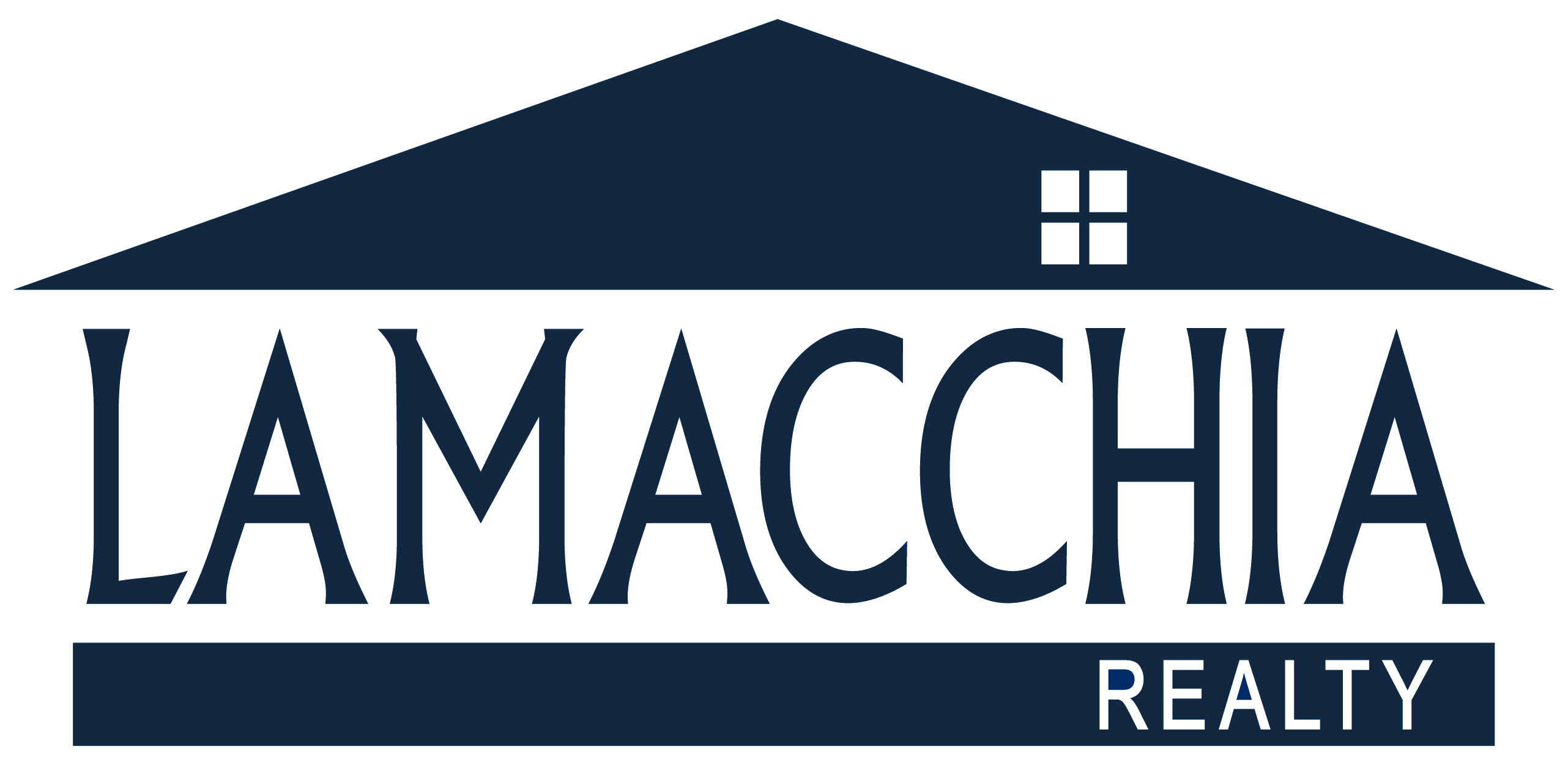

The Lamacchia Housing Report presents overall home sale statistics and highlights the average sale prices for single families, condominiums, and multi-family homes in Massachusetts and New Hampshire for January 2020 compared to January 2019. It also looks at other metrics in Massachusetts like Homes Listed for Sale, Homes Pending, and Price Adjustments made to active listings, as they are often the best indicators for predicting future trends in the market.
Massachusetts Home Sales Up 12%
Home sales increased by 606 transactions in January 2020 over January 2019, which comes out to a 12% positive change, bringing sales up to 5,646. Prices are up by $35,915 to $479,496, which equates to an 8% increase. The number of sales and prices for single families, multi-families, and condos also increased in all three categories.
Homes Listed for Sale:
January 2020 saw a 9% decrease in the number of homes listed over January 2019. There were 624 fewer homes placed on the market in the past month compared to last January, but seeing as though this year started with lower inventory than ever recorded, this is not surprising.
Pending Home Sales:
There was a slight 2% decrease in the number of homes placed under agreement, 5,932 in January which was 124 fewer than last year. Though inventory is so low, only a slight decrease in pendings shows that buyers are still out there taking what they can get, despite the lack of supply.
Price Changes:
There were 159 fewer price changes in January 2020 over January 2019, a 30% decrease. With the current seller’s market, buyers are very willing to pay the asking price to ensure they get the home they want. With this decrease, price changes are not nearly as necessary as buyers tend to act quickly to beat out other buyers looking at the same home.
New Hampshire Home Sales Up 2%
New Hampshire’s sales and prices increased in January just like Massachusetts’ performance. Prices are up to $340,087 from $297,535 and sales are up to 730 from 717. Single families decreased in sales and increased in prices while condos and multi-families increased in both sales and prices.
What’s Ahead?
With supremely low inventory comes fewer price adjustments, fewer listed and pending home sales, increased purchase prices, but not necessarily an increase in home sales. Perhaps it was the increase in November pendings that brought about the increase in January’s home sales. Some sellers have asked for longer closings to ensure they can find a home to buy and the holidays may have played into this longer turn around as well.
Sellers should take advantage of this low inventory and high demand by preparing the house now to sell for the most money before the spring boost in listed homes. It’s best to take advantage of the demand and have the upper hand in a seller’s market.
Buyers shouldn’t lose momentum. Keep looking and make sure you’re prepared with your preapprovals locked and loaded, ready to strike at the home you want. Take advantage of the lower interest rates and make sure you’re working with an agent who has access to the most homes, some of which aren’t even listed but are for sale.



